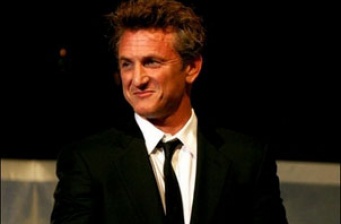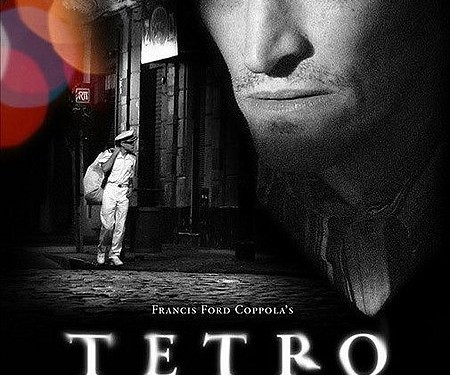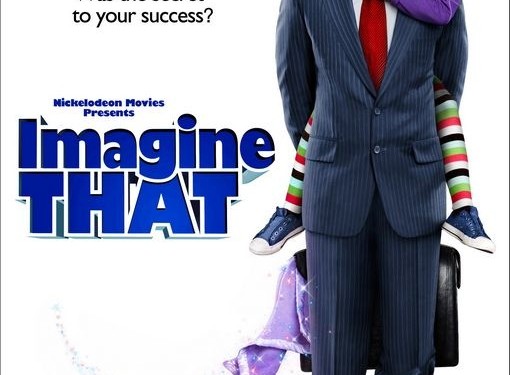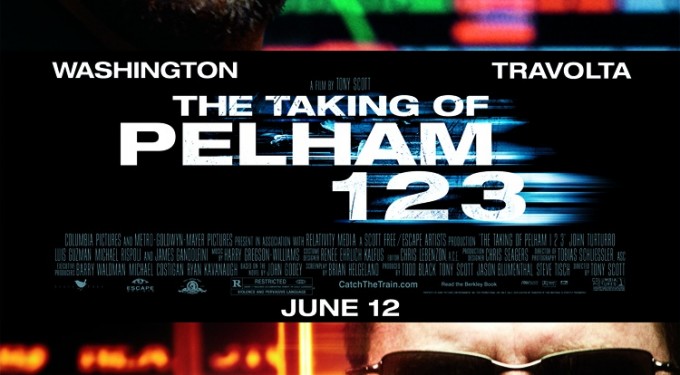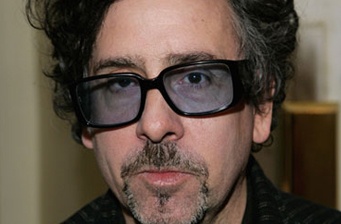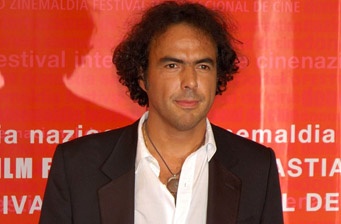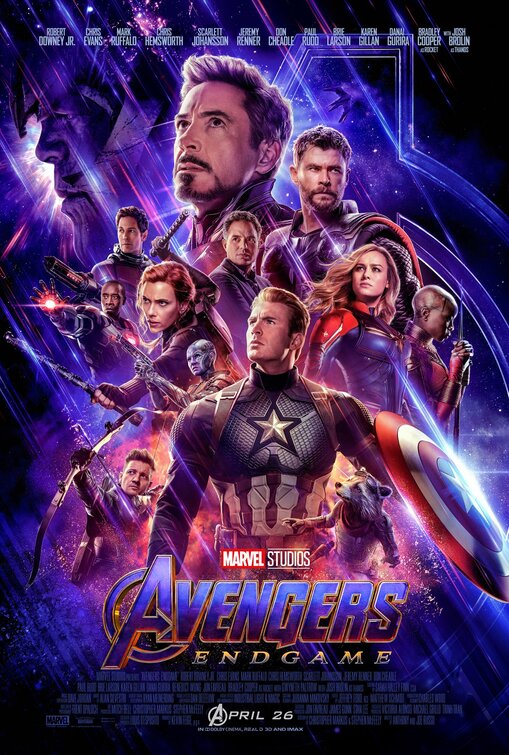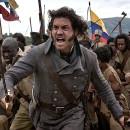Sean Penn says no to ‘Cartel’ and ‘3 Stooges’
06.17.2009 | By Mack Chico |

Sean Penn‘s busy shooting schedule has suddenly gone dark.
In an announcement that has caught two studios by surprise, Penn has pulled out of two films, citing personal reasons.
Penn has informed Universal and Imagine that he will be unable to star in the Asger Leth-directed drama “Cartel,” which was to be his next movie. His role will be recast. Studio is putting together a list of actors now and hopes to stick with an early fall start date.
Scripted by Peter Craig, the movie follows a man who journeys to protect his son after his wife is murdered by Mexican cartels.
Penn will also be unable to make the start date of MGM comedy “The Three Stooges.” He was to star as Larry in the pic, directed by Peter and Bobby Farrelly. “Stooges” also stars Jim Carrey as Curly and Benicio Del Toro as Moe. It’s unclear if the studio will recast or wait for Penn to return to work.
Penn has completed two films for River Road, both earmarked for release next year. “Fair Game,” the Doug Liman-directed drama about outed CIA agent Valerie Plame, co-stars Naomi Watts. The Terrence Malick-directed “The Tree of Life” also stars Brad Pitt.
During the Cannes Film Festival, Penn was revealed to be in talks to star in “This Must Be the Place,” which will mark the English-language feature debut of Italian filmmaker Paolo Sorrentino, with a script co-written by Sorrentino and Umberto Contarello (Daily Variety, May 17). Pic was to be produced by Nicola Giuliano of Indigo Film and Andrea Occhipinti of Lucky Red. Financing and scheduling were not yet complete on that film, but Penn still intends to make the film at some point.
Penn is taking an undetermined sabbatical — possibly as much as a year — to focus on his family.

